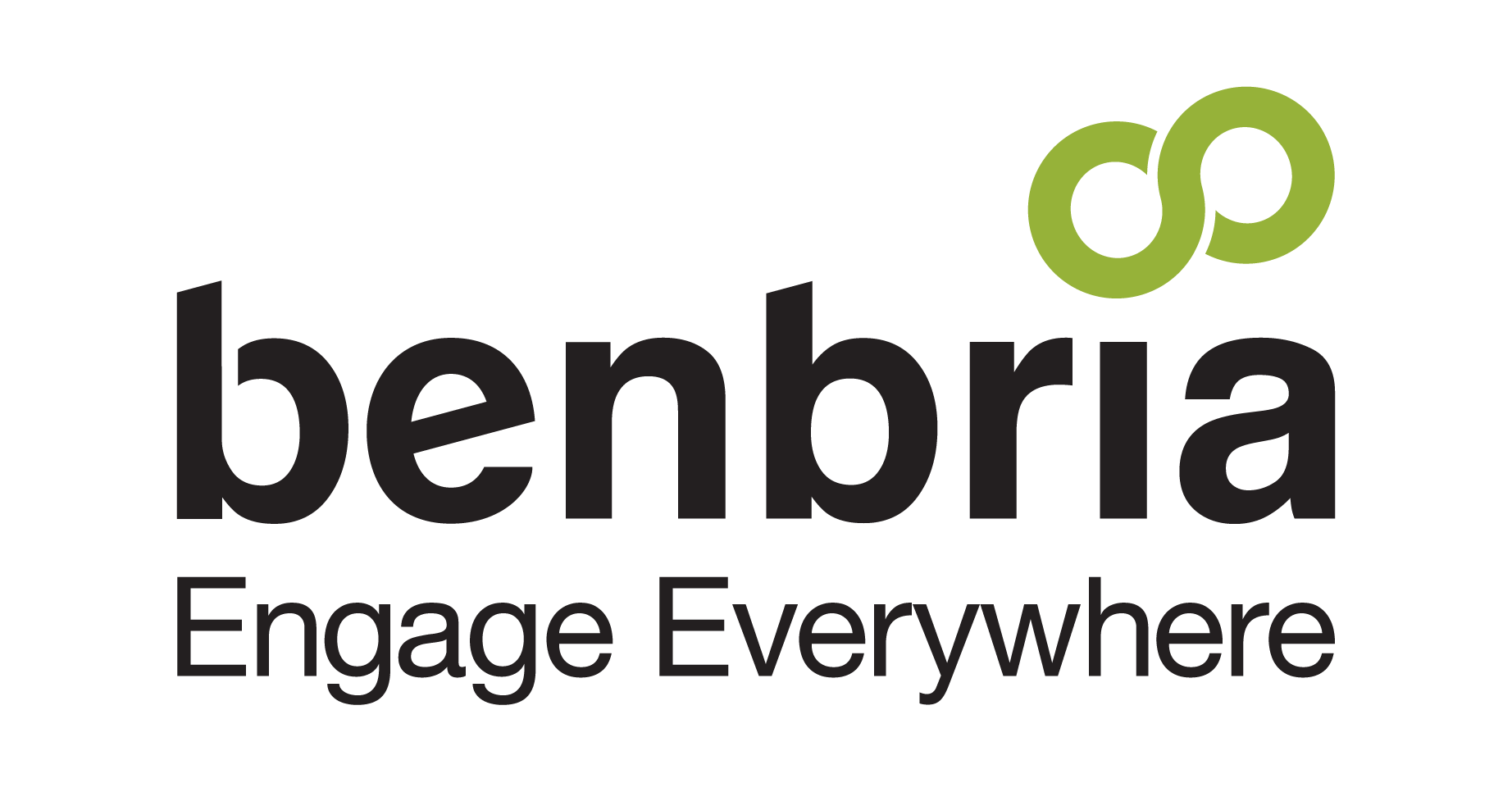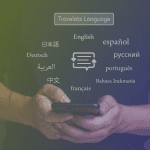“Is brick-and-mortar really dead?” Is a question tossed around frequently in the world of customer experience. With the rise of e-commerce and the world of social shopping, many businesses have quickly shifted their CX measurement focus from physical stores to online channels. However, although online forms of engagement may be beneficial to enhance the customer experience, completely shifting focus and forgetting physical stores can really hinder performance.
Despite the rapid adoption of digital commerce, physical locations still prevail in customer preference. In fact, total retail sales from brick-and-mortars rose from $2985 billion in 2016 to $3043 billion in 2017- a two percent increase. This makes it imperative to capture customer sentiment while they’re inquiring or purchasing on-site.
Kiosks are a powerful channel to do just that; collect feedback at a physical location. On-site and simple to administer, using a kiosk feedback system has proven to provide insightful data aiding in elevating the customer experience in-the-moment at multiple locations.
In this article, we unravel the benefits of using a kiosk and how you can leverage this in-location channel to receive an optimal response rate.
What Is A Feedback Kiosk?
A kiosk feedback system or satisfaction kiosk is a touchscreen, digital stand (commonly referred to as; terminal) placed in-location. Usually in high-traffic areas, customers can use a kiosk to rate their experience by completing a survey in relation to a product or service received.
Why Use A Kiosk?
When it comes to selecting a channel to obtain customer feedback, there’s no shortage of options. From SMS to social media messaging to email, there are many digital channels to take into consideration. However, if you’re a business with physical locations, selecting a kiosk feedback system may be your best bet in enhancing the customer experience, here’s why.
It’s A Familiar Feedback Channel
As of last year the global kiosk market size was valued at USD 16.9 Billion. Kiosks are already a common channel used throughout a number of industries (and applications). For customers, they serve as a visual representation of “feedback” and they’re easy to spot within an establishment. If you’re looking to gain feedback in a familiar way, a kiosk can help.
Real-Time Insight
Rather than relying on a customer to input a URL from a receipt or open an email days after their experience, a kiosk allows you to collect instant feedback — while the experience is top of mind. Having this visibility helps teams on the floor rectify any issues while the customer is still on location, deterring them from leaving with a bad experience or even writing negative reviews online.
Easy to Implement and Maintain
A customer feedback terminal is one of the easiest channels to implement and maintain. In most instances, a business selects the kiosk vendor, the vendor sets it up and the business simply collects the data. Aside from maintaining its look and aesthetic every so often, once it’s implemented there is little to no upkeep on the business’s end.
Measure Across Multiple Locations
If you’re a business with multiple locations, you can deploy a kiosk to compare sentiment and other key customer experience metrics across the entire business. Whether you want data on one location or multiple, a kiosk feedback system can help you benchmark data and compare locations to identify which ones are over and under performing. This can help you understand which locations to accurately allocate your resources.
A Level of Anonymity
An important feature that has been known to aid in increased response rates is the level of anonymity. For many customers, the thought of leaving a truthful or less favourable comments can be intimidating, which can lead to them venting later online or to friends. With a kiosk feedback system, customers don’t have to reveal their identity if they don’t want to, and no profile is attached to their response- so filling a feedback form is easy and less stressful.
User Friendly
Lastly, kiosks are easy to use and navigate. For customers on a time crunch or those who can’t be bothered to fill out a physical form, a kiosk allows customers to simply tap their responses on a touch screen and submit. In most instances, a single survey kiosk submission can take 10 seconds – making it simple for busy customers on the go.
Best Practices For Optimizing Kiosk Response Rates
From the ease of use to an abundance of insightful data, by deploying a kiosk correctly you can see generous returns.
Now, in order to optimize your response rates, in order to see the most benefits as mentioned above, we’ve broken the best practices to follow.
Ensure Your Kiosk Is On Brand And Appealing
The physical appearance of a kiosk is imperative to ensure frequent usage.
Whether a fresh logo on the body of the kiosk or ensuring that it isn’t collecting dust, making sure the kiosk is in pristine condition is critical. When selecting a kiosk vendor, we suggest selecting one that has customizable branding options for your business. Branding can be as simple as your logo throughout the survey in the top right-hand corner or can be grande as the entire body showing your corporate colors- however you choose, it should align with your larger objective.
In addition to branding, don’t forget to make it a priority for employees to clean the kiosk during regular cleaning time slots. If employees fall behind, you can help keep it top of mind by gamifying the duty.
Place Signage Around Your Establishment
For most customers, providing feedback isn’t something that’s constantly top of mind. A commonly used tactic, physical and digital signage, can pose as constant reminders to provide feedback. Make sure your signage is designed in an engaging way and placed in high traffic locations like establishment entrances, point of sale, near a product etc. The more high traffic the area, the greater the visibility and the greater response rates.
Switch Up Question Format
For many, answering 20 multiple choice questions in a row can be boring and in most cases, won’t help the customer accurately articulate how they feel. Take monotonous surveys and make them engaging for the customer by providing a range of question types like open-ended, rating scale questions, and more. Here we outline the top question types to consider.
Open Ended: Open ended questions are questions that cannot be answered with a “yes” or “no” and require some form of elaboration. These types of questions allow customers to express how they feel in a more unstructured way and aren’t limited to a predetermined answer. Although beneficial in gathering sentiment, we suggest asking a maximum of 2 open-ended questions within a survey to be cognizant of the customers time

Multiple Choice: One of the most popular question formats for survey systems, multiple-choice questions give customers a list of predetermined answers where they can select one or more options from. This format is concise and doesn’t allow room for elaboration on experience.
Rating Scale Questions: Using a rating scale, customers can select a figure on a predetermined scale (usually 1-10) . In this instance, it’s important to outline what each side of the scale represents, for example, 1 equates to a poor experience, where 10 equates to a superb experience.

Picklist: Picklists, like multiple choice, provide customers with a list of predetermined answers that customers can select from. Rather than checking a box or highlighting the answer, the customer is provided with a drop-down set of answers and can only select one.

Get Personal
The questions you ask your customers play a big role in whether or not they start, or actually finish the survey. Customers today are used to an overly saturated market that is very fast-paced and engaging, so it’s important that your survey reflects that. Be concise and customize surveys where you can.
Personalization specifically, is a great way to make the experience on kiosk more engaging. According to a Forbes survey, more than 85% of mobile marketers report higher engagement, revenue, and conversion success by utilizing personalization marketing tactic. For a business looking to add personal touches, consider adding things like location, aspects of the experience, to the survey.
What’s more, with a real time customer experience management platform, you can create personalized notes after a customer has submitted feedback on a kiosk so you can follow up in a more tailored way.
But Don’t Forget Standard Questions!
Although you want to be as engaging as possible, it’s also important that you’re asking questions that extract key information for feedback reporting. Standard questions like NPS, CSAT and more, are the backbone of any customer experience survey. Having at least one of them within your kiosk survey along with your fun and engaging questions, should be mandatory.
NPS: Net Promoter Scores (NPS) measure brand advocacy by asking “How likely would you recommend (brand name) to your friends, family or colleagues?” With this simple question customers use the rating scale question type displaying a scale of 0-10. 0 being not at all likely and 10 being very likely. Businesses can then determine if their customers is a Promoter, Passive, or Detractor.

CSAT: Customer Satisfaction scores measure the customer sentiment toward a product or service by asking a single question; “How would you rate your overall satisfaction with the service or product you received?” Typically, customers can respond on a rating scale question type of 1-5, where 1 equates to “Very Unsatisfied” and 5 equates to “Very Satisfied.” The more customers who provide a CSAT score of 4 “Satisfied” or 5 “Very Satisfied”, the greater the customer retention.

CES: Customer Effort Scores determine how easy it is for a customer to obtain a product or service from a business with the single question; “How easy was it making your online purchase today?” Customers can then answer using a rating scale question type from 1 to 5 where 1 equates to “Very Difficult” and 5 equates to “Very Easy”.

Keep the Survey Short
In most instances, customers don’t want to spend copious amounts of time filling out a survey. They want something quick, easy, yet impactful. When creating your survey, be cognizant of the amount of time required to complete it and the number of questions included. Also, let your participants know approximately how much time the survey will require in advance. Most kiosk surveys typically include 6-8 questions as a best practice.

Motivate Employees To Promote Your Survey
Employees are a great way to get customers to provide any sort of feedback. They interact with your customers on the daily so it’s important to get them involved in the promotion. We suggest having them mention it either when a customer arrives or immediately after their purchase/service.
In order to amp up employee engagement with promotions, we also recommend adding elements of gamification. For example, a customer experience management platform can provide employees with real-time data via a scoreboard, that can actually create friendly competition on service.
Place Kiosks In Strategic Locations
As mentioned with kiosk signage, you probably know what key areas of your establishment get more traction with guests than others. Spaces like the entrance, point of sale, or near products and services are all areas that customers gravitate towards.
When implementing a kiosk into your establishment it’s important to pilot key areas of your establishment so you can obtain the most data from your guests. As a best practice try switching locations every 2-3 weeks. Once you’ve tested your most used areas, review your data, and leave the kiosk at the most used spaces.
In Addition To Kiosk, Provide Multiple Channels
Today’s customers regularly channel hop and expect you to be readily available on their channel of choice. Whether they prefer to text, email, or social media message, having feedback solution options, in addition to a kiosk, can help increase response rates and improve overall satisfaction.
With that, we suggest doing a deep dive into your audiences channel preferences and discovering what channels are growing in popularity. In our eBook Delivering an Omni-channel Guest Experience, we highlight the top channels, the current channel landscape and tools to help manage your channels. If you’re thinking of adopting more than one channel, we highly recommend a customer experience management platform. With it, you can host a range of channels in a more streamlined fashion, instead of having your employees consistently flip through various sites.




